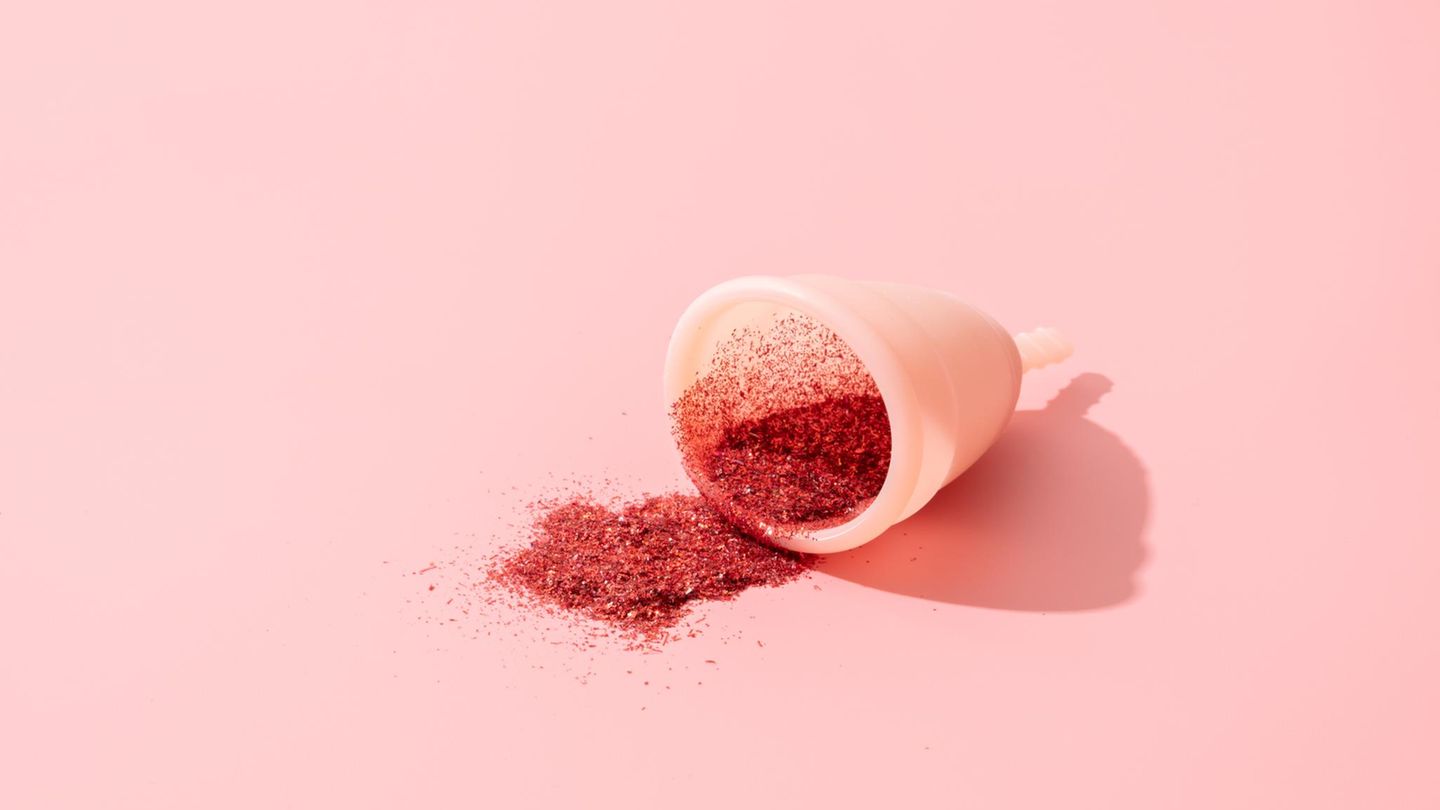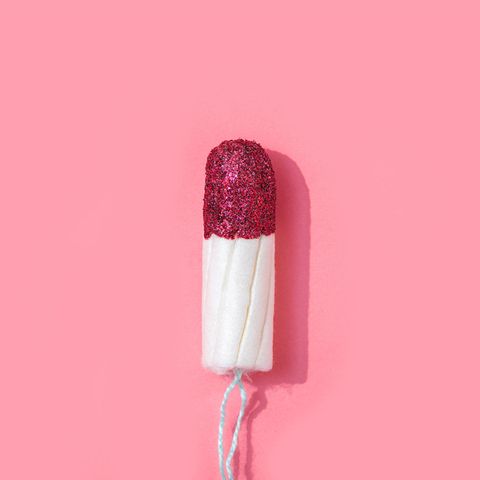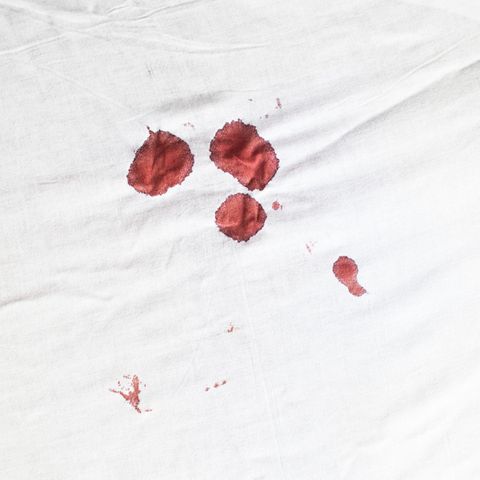Tampon, cup or bandage?
The problem with menstrual products – which are really good?
Copy the current link
Add to the memorial list
There are now many tampons, binding, cups – menstrual products. But which is recommended? Research on periodic items is still thin. An overview.
The selection of menstrual products has never been as big as it was currently. Whether tampons, binding, menstrual cups, sponges or period underwear – not only about comfort, but also about health, environmental friendliness and costs. Nevertheless, menstruation in many regions is still a taboo subject. This is one reason why the Wash United organization has proclaimed the World Mental Day for May 28th.
Despite their everyday relevance, menstrual items are rarely at the center of scientific studies. For example, Penelope Phillips-Ehard from the Liverpool School of Tropical Medicine 2019 stated: “Although 1.9 billion women of menstruating age are worldwide and have an average of 65 days a year to do with menstrual blood flow, there are only a few high quality studies that compare hygiene articles.”
Menstruation cups – how safe are they really?
A team led by Philips-show therefore carried out a meta-analysis, especially for the use of menstruation cups, which included 43 studies and data from 3,300 women and girls. The one in the journal “The Lancet Public Health” Published analysis came to the conclusion that menstrual cups are safe, cost -effective and often as well as less leaking than disposable products when used correctly.
However, the research team also registered five cases of toxic shock syndrome (TSS): an extreme rare and suddenly occurring disease that arises from the fact that certain bacteria – usually staphylococcus aureus – form toxins that trigger an overreaction of the immune system. This overreaction can damage organs and have a correspondingly serious consequences.
TSS: extremely rare and avoidable
TSS is often associated with tampons – incorrectly, as Stephanie Eder explains from the professional association of gynecologists (BVF): “This error is historical: In the 1970s, super -suction -like large tampons in the USA came up and with them there was actually an accumulation of the toxic shock syndrome. However, this is not only available periodically in connection with cups, tampons, binding or sponge, but can also occur after umbilical bed inflammation or dental treatment.”
As Eder emphasizes, good menstrual hygiene is central – in principle and to prevent TSS. This includes regularly changing binders or tampons with washed hands. According to a US study published in 2018, the TAMPON consists of organic cotton or not, however, makes no difference in the TSS risk. According to the Robert Koch Institute, this is very low anyway: 3 to 6 out of 100,000 women of sexually active age are affected every year.
According to Eder, menstrual cups should always be rinsed thoroughly with water before being used again and cooked at least after the last use at the end of the period. However, it has not yet been scientifically clarified whether it is enough to boil the cup after the period – as recommended by most manufacturers.
Menstrual products and the risks
In addition to cleaning the menstrual cup, their correct placement is also important. That is at least one recently in the specialist journal “BMJ Case Reports” published medical case study. It reports about a woman in early 30s who suffered from side and pelvic pain and blood in the urine for months- triggered by a cup that blocked the ureter at the bladder entrance.
When she did without the cup, the symptoms disappeared completely. The authors emphasize that such complications are rare, but more information about correct application, fit and potential risks is necessary – especially because menstrual cups are used freely and mostly without medical advice.
Gynecologist Eder has also read the case description and knows from a few other cases from previous scientific work. Due to the extreme rarity of such a complication, such reports should not prevent the cups from using the cups.
In 2023, a US study also caused a sensation that showed heavy metals such as lead and arsenic in tampons. However, the Federal Institute for Risk Assessment (BfR) gave the all -clear: Even if the mucous membranes are completely taken, the burden would be negligible compared to everyday sources such as food, house dust or exhaust gases. This fits the assessment of Stephanie Eder, who warns of such reports of unfounded uncertainty.
In her practice, Eder recommends Tampons without hesitation – and is particularly concerned with the worries of young girls who menstrute for the first time. “The first visit to the gynecologist can be occupied with fears. That’s why I offer a teenage consultation that is time for all questions.”
This could include uncertainties when introducing tampons. “If a girl tells me that she has difficulty, I recommend an examination of the hymen, i.e. maiden maids – not only so that she can use tampons, but because there can actually be malformations that can cause problems later during first sex.”
Usually the hymen is softer and elastic with the first period and is therefore not in the way of the use of tampon. Nevertheless, according to Eder, the myth is persistent that the maiden hews break through them, persistent – not the only false assumption that young girls come into practice. Many of the patients are also surprised at how irregularly the period can be at the beginning.
Each should take the product, which makes it comfortable with it
Basically, according to Eder, no menstrual product is medically superior to the other: “Every girl and every woman has to take it with what she feels comfortable. For some, this can be the bandage and for others the tampon, while others get better with period underwear, menstrual cup or sponges.”
Women who had heavy bleeding without a pathological cause could benefit from the menstrual cup, since it has to be changed less often than a tampon or a bandage, says the gynecologist. In this context, a 2023 in the journal recommended “BMJ Sexual & Reproductive Health” Published study menstrual discs, a variant of the cups that would catch a lot of liquid.
In addition, period underwear could also be an alternative, adds Eder – and also for women who suffered from strong discharge or incontinence. In contrast to conventional slip performances, these underwear often has a cotton surface, which could be more pleasant for the wearer.
The period as something positive
Overall, the gynecologist sees a discovery of the topic, especially through social media. “On the other hand, despite everything, I believe that it is still something intimate for many girls and women in which not everyone has to participate – and that has to be just as okay as the open speaking about menstruation and menstrual products.”
According to Eder, it is important, according to Eder, not to lose sight of the medical competence in all online information – especially in view of the many misinformation that you come across on the net. And: In the case of all problems that could be connected to the period – including pain and circulatory problems – they try to fill them positively: “As a sign of fertility and as a sign of that women can get a child.”
Alice Lanzke/ dpa
Source: Stern
I’m Caroline, a journalist and author for 24 Hours Worlds. I specialize in health-related news and stories, bringing real-world impact to readers across the globe. With my experience in journalism and writing in both print and online formats, I strive to provide reliable information that resonates with audiences from all walks of life.







